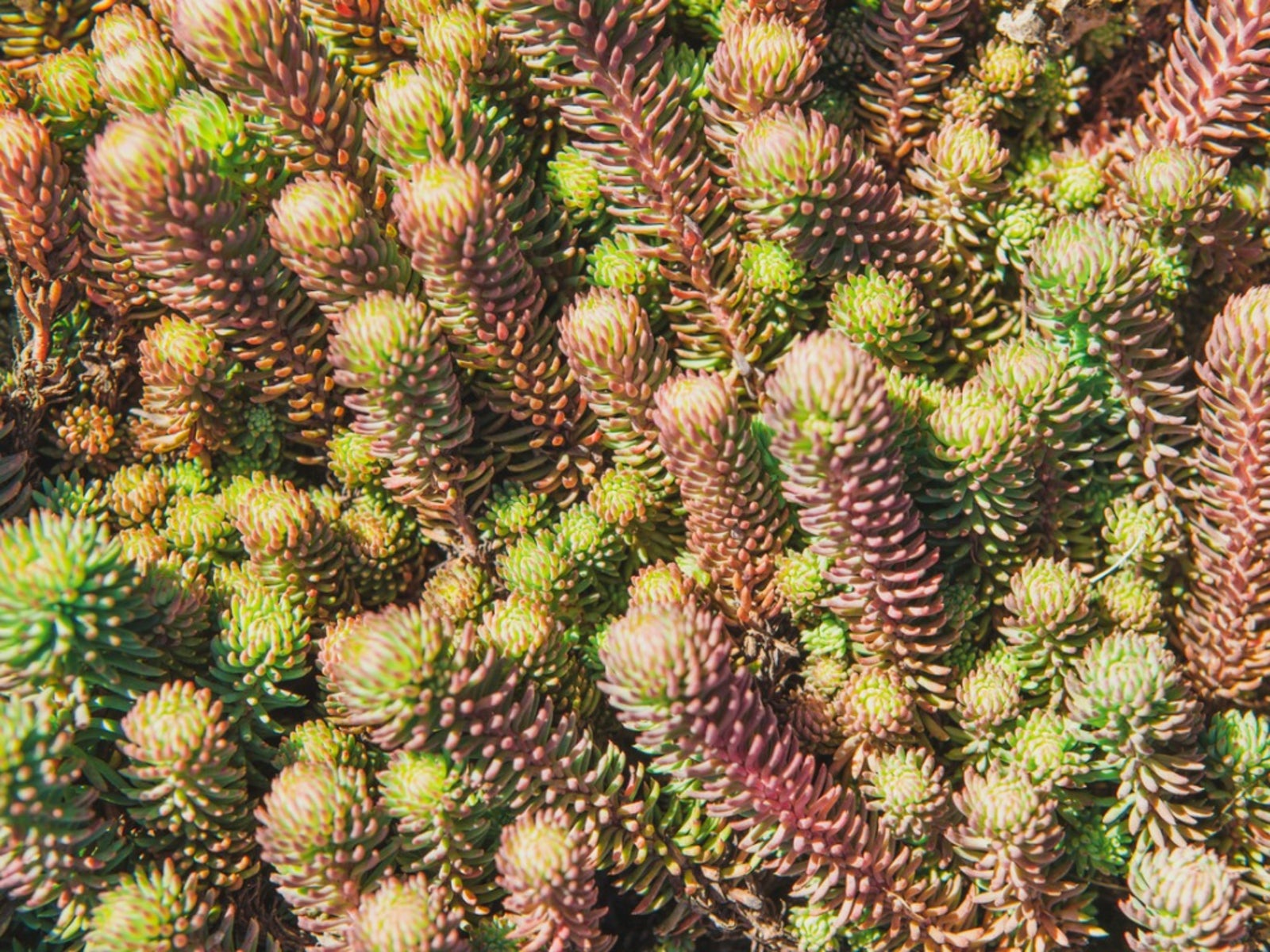Angelina Sedum Plants: How To Care For Sedum ‘Angelina’ Cultivars


Are you looking for a low maintenance groundcover for a sandy bed or rocky slope? Or maybe you’d like to soften an unyielding stone wall by tucking brightly colored, shallow rooting perennials into the cracks and crevices. Sedum ‘Angelina’ cultivars are excellent succulents for sites like these. Continue reading this article for tips on growing Angelina stonecrop.
About Sedum ‘Angelina’ Plants
Sedum ‘Angelina’ cultivars are scientifically known as Sedum reflexum or Sedum rupestre. They are native to rocky, mountainous slopes in Europe and Asia, and are hardy in U.S. hardiness zones 3 to 11. Also commonly called Angelina stonecrop or Angelina stone orpine, Angelina sedum plants are low growing, spreading plants that only get about 3 to 6 inches (8-15 cm.) tall, but can spread up to 2 to 3 feet (61-91 cm.) wide. They have small, shallow roots, and as they spread, they produce small roots from lateral stems that penetrate the small crevices in the rocky terrain, anchoring the plant. Sedum ‘Angelina’ cultivars are known for their brightly colored chartreuse to yellow, needle-like foliage. This foliage is evergreen in warmer climates, but in cooler climates, the foliage turns orange to burgundy color in autumn and winter. Although they are mostly grown for their foliage color and texture, Angelina sedum plants do produce yellow, star-shaped flowers in mid to late summer.
Growing Angelina Stonecrop in the Garden
Angelina sedum plants will grow in full sun to part shade; however, too much shade can cause them to lose their bright yellowish foliage color. They will grow in almost any well-draining soil, but actually thrive best in sandy or gravely soils with low nutrients. Angelina cultivars cannot tolerate heavy clay or waterlogged sites. In the right location, Angelina sedum plants will naturalize. To quickly fill in a site with this colorful, low-maintenance groundcover, it is recommended that plants be spaced 12 inches (31 cm.) apart. Like other sedums plants, once established, it will become drought resistant, making Angelina excellent for use in xeriscaped beds, rock gardens, sandy sites, firescaping, or spilling over stone walls or containers. However, container-grown plants will need regular watering. Rabbit and deer rarely bother Angelina sedum plants. Aside from regular waterings as they establish, there is virtually no other required plant care for Angelina. Plants can be divided every few years. New sedum plants can be propagated by simply snipping off some tip cuttings and placing them where you want them to grow. Cuttings can also be propagated in trays or pots filled with sandy soil.
Sign up for the Gardening Know How newsletter today and receive a free copy of our e-book "How to Grow Delicious Tomatoes".

Darcy is a former contributor to Gardening Know How. She is a professional landscape designer and gardening writer with experience in plant sales. An avid gardener, Darcy has a passion for sharing practical tips to help others grow.